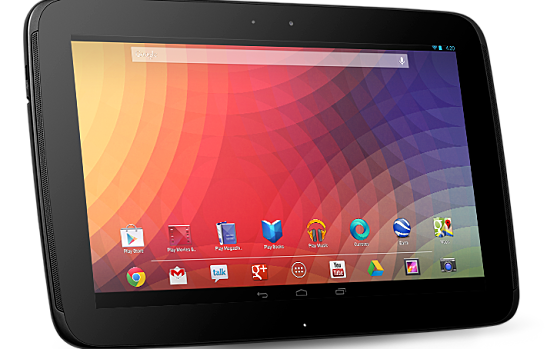Just two years ago, there were questions about the viability of a market for tablets, with many suggesting that the market existed solely because of the iPad and not because of a general desire for that form of computing. Now, a combination of factors has led to a surge in growth for Android-based tablets, and the recently released Android tablet sales numbers prove the market has matured into a robust aspect of the overall mobility ecosystem.
The Rise of a New Player
The tablet sales numbers come on behalf of Strategy Analytics and show some remarkable similarities to the overall smartphone numbers a few years after the release and dominance of the original iPhone. As detailed in this NBC News article, the results show that the Android OS has quickly risen from a lesser alternative to the iOS to an equal player in the market.
The numbers show that Android tablet shipments have increased from 18.5 million units in the second quarter of 2012 to an astonishing 34.6 million units in the second quarter of 2013. That’s compared to a decline in iOS tablet shipments from 17 million units to 14.6 million units over the same time period. These numbers give Android-based tablets over two-thirds of the global market share, while iOS tablets have fallen in that regard, from 47 percent of the market to just 28 percent.
Windows-based tablets, despite getting fairly good reviews, remain in a distant third place with 2.3 million units shipped in the second quarter and just 4.5 percent of the market share. BlackBerry rounds out the major tablet players, but its sales numbers are insignificant on a global scale.
The Duopoly Ramifications
There are some mitigating factors to keep in mind when looking at these numbers. Apple’s relatively limited number of tablet models are all manufactured and distributed by one company, whereas Android-based tablets have a plethora of manufacturers, distributors, and price-points that help it capture the market. For example, the hugely popular Kindle Fire series and Google’s Nexus series both count as Android tablets, although they offer significantly different tablet computing experiences and aim for very different segments of the market.
Strategy Analytics also points out, as noted in this ZDNet article, that in the second quarter of 2012, Apple had just released the Retina iPad, which could account for a surge in sales in that quarter and explain some of the year-over-year decline.
Still, Android’s rise to cover more than two-thirds of the tablet market is nothing short of amazing, considering where the market was just two years ago. As consumers in the market, this is a great development, as parity in the marketplace only gives us more options. Application developers understand that by only creating applications for a single OS, they are eliminating half of their potential customers, so the expectation is that the rise of Android will help both platforms equalize when it comes to available apps. This leaves us who are purchasing a new tablet or trading in our smartphones for a larger mobile experience to simply decide between the hardware options that best fit our needs.
It would be even better if a third tablet ecosystem rose up into the mix, but after disappointing sales of Windows-based devices, it may be some time before that vision comes to fruition.
Image courtesy of Wikipedia
[cf]skyword_tracking_tag[/cf]

